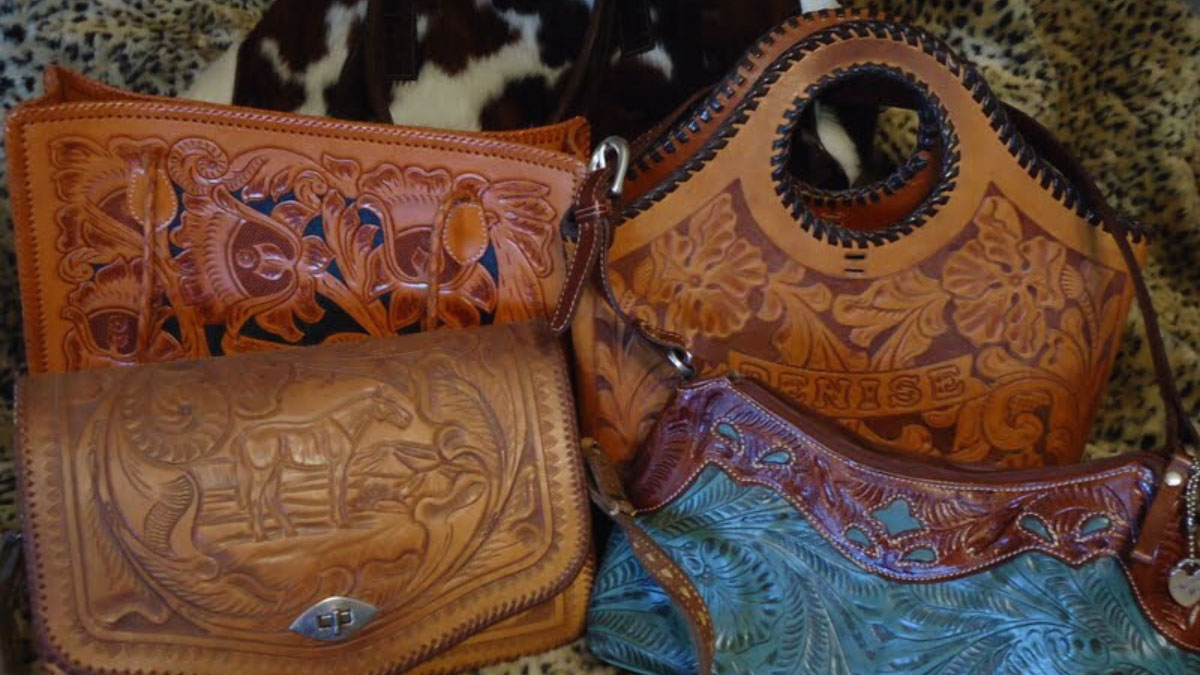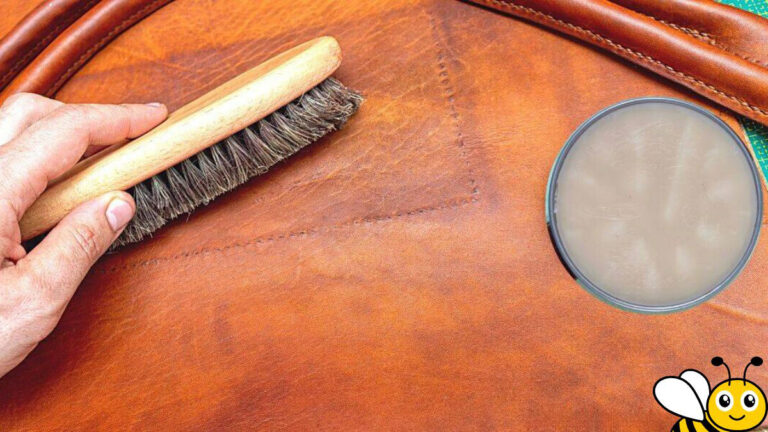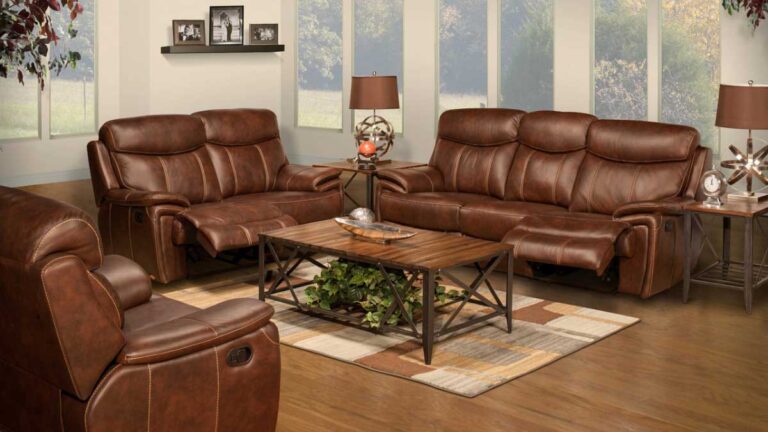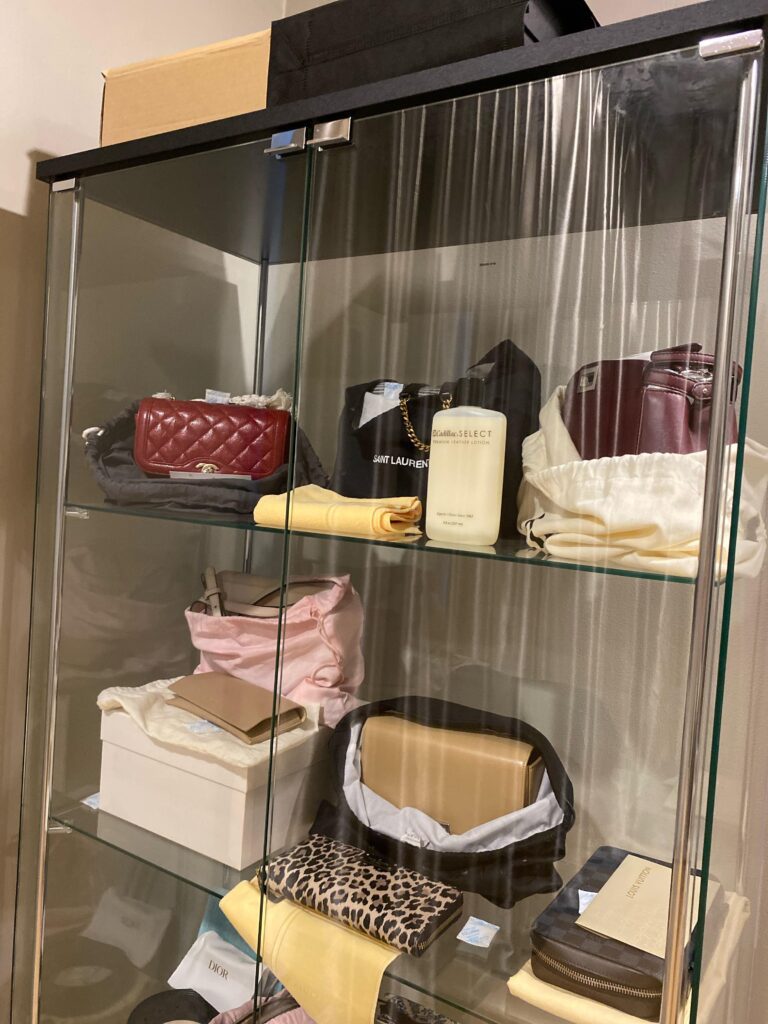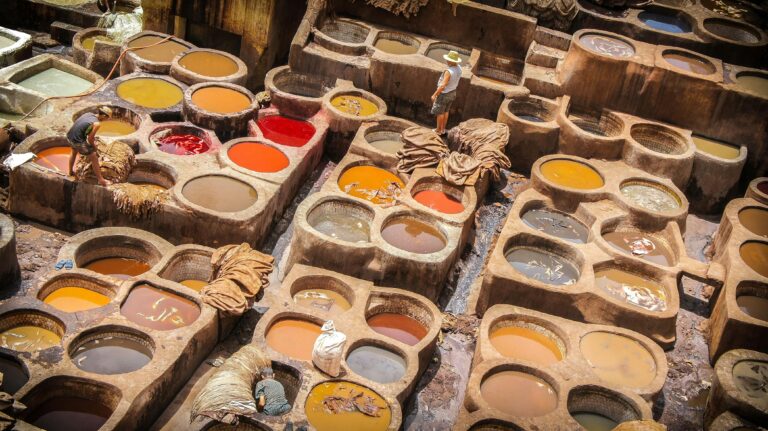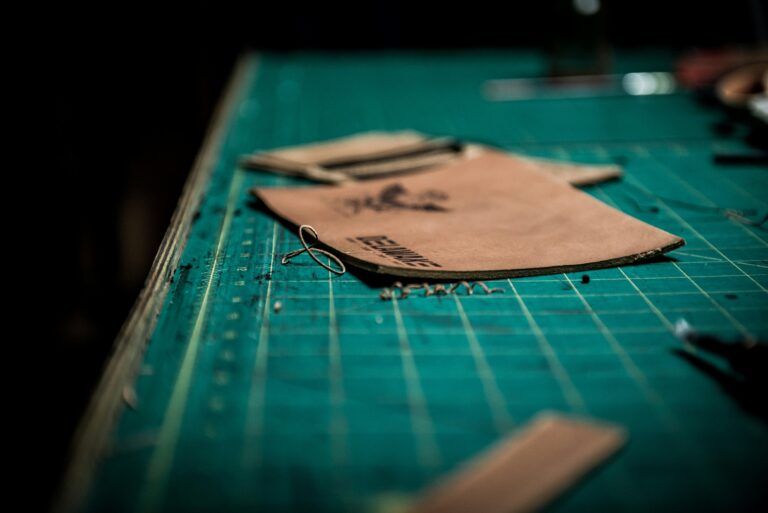History of Leather Purses: From Ancient Tool to Fashion Icon
Leather purses have a rich history that spans thousands of years, evolving from practical necessities to fashionable accessories. Initially, purses weren’t exclusive to women; in fact, they were first utilized by men. The oldest known purse dates back over 5,000 years, discovered alongside Ötzi the Iceman in the Alps. This early handbag, crafted from chamois hide, highlights the purse’s utilitarian roots.
As time progressed, purses transformed in design and function. By the late Middle Ages, they became a symbol of status among the elite, featuring triangular metal frames and leather coverings. These were often adorned with intricate designs and secured with drawstrings or clasps. During the 16th and 17th centuries, the evolution continued as fashion dictated new ways to carry these essential items discreetly within the confines of wide dresses. Today, leather purses remain an essential accessory, blending practicality with style.
Key Takeaways
- Leather purses boast a rich and varied history, initially serving as practical tools for both men and women over 5,000 years ago.
- The oldest known leather purse, dating back to Ötzi the Iceman, underscores their initial utilitarian function and early use by ancient societies.
- Over the centuries, leather purses evolved from functional necessities to symbols of status and fashion, especially in the Middle Ages and Renaissance.
- The 18th and 19th centuries introduced significant advancements in leatherworking techniques, enhancing durability and introducing iconic designs.
- Modern trends in leather purses emphasize a synergy of fashion and functionality, sustainable and ethical practices, and integration of technology.
- The future of leather purses is shaped by technological innovations and evolving consumer preferences towards sustainability, maintaining their relevance in the fashion industry.
Origins of Leather Purses
Leather purses have a fascinating origin story that dates back to early human civilization. Around 5,000 BC, ancient societies such as the Egyptians, Greeks, and Romans utilized leather to craft items like pouches and satchels. These were not merely accessories but essential tools for carrying everyday items and valuables. For instance, Egyptians used leather for gloves, bottles, and military gear, adapting it into pouches for various uses. The discovery of the mummy known as Ötzi, who lived around 3500 BC, with a leather handbag made from chamois hide, underscores the practical use of leather purses at the time.
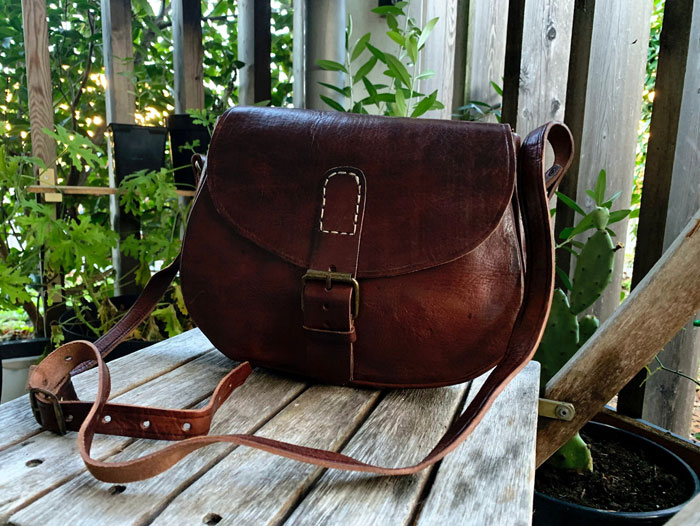
During the Medieval Period, leather bags served practical purposes, especially for shepherds and hunters who used them for storing tools and food. These early leather creations evolved significantly, reflecting the changing needs and artistic expressions of different cultures. Leather bags transitioned from purely functional items to ornamental ones, symbolizing status and wealth.
As societies grew more complex, craftsmanship evolved. The late Middle Ages saw leather purses transform into objects of status. Purses were adorned with intricate designs and secure closures. Moving into the 16th and 17th centuries, fashion trends began to dictate how and when these accessories were carried, further embedding them into daily life.
The legacy of leather purses lies in their dual role as practical tools and fashionable statements. This rich history highlights the ingenuity and adaptability of ancient civilizations, which laid the foundation for the leather accessories cherished today.
Leather Purses in Ancient Times
Leather purses have a long history that goes back thousands of years. In ancient civilizations, they played crucial roles in daily life and social structures.
Early Uses and Materials
- Early civilizations like Egypt, Sumeria, Greece, and Rome frequently used leather for creating bags meant to carry essentials such as food, tools, and personal items. These leather bags were basic in design, typically featuring drawstring closures.
- The leather-making process evolved over time. Initial methods included drying, pounding in natural fats, and preserving with salts and smoke. Around 400 BCE, Egyptians and Hebrews advanced leather production through vegetable tanning.
- Hieroglyphs from ancient Egypt depict men with pouches tied around their waists, indicating the cultural importance of leather purses for carrying daily necessities.
- Beyond functionality, leather bags often signified social status and wealth. Plus to practical use, bags were adorned with detailed designs, reflecting their owners’ status.
- Evidence shows that leather purses were more than just accessories. In Biblical times, Judas Iscariot’s identification as one who carried a purse highlights their everyday utility.
- During the early Middle Ages, leather purses were common for both men and women. Made with round leather pieces and secured with drawstrings, these purses were small enough to tie around the girdle, serving as practical yet symbolic items.
- The tradition of gifting a leather purse, such as from a groom to his bride in the 15th century, underscores their cultural and personal value throughout history.
Development Through the Ages
Explore the evolution of leather purses across various historical periods. These transformations reflect both cultural shifts and advances in leatherworking techniques.
Middle Ages and Renaissance
During the Middle Ages, leather purses emerged as practical accessories for men and women. Crafted from round leather pieces, these small purses were typically secured with drawstrings and worn on girdles. The design evolved, and by the late Middle Ages, the elite carried purses with triangular metal frames covered in leather, featuring drawstrings or metal clasps. This period also saw leather purses become symbols of status and tradition, often given as gifts during special occasions.
18th and 19th Century Innovations
The 18th and 19th centuries marked significant innovations in leather purse design and manufacturing. New tanning methods improved leather quality, leading to more durable and aesthetically pleasing products. Fashion trends influenced purse styles, introducing frame bags with metal fastenings. Leather purses became a staple accessory for women, with intricate embroidery and embellishments reflecting the era’s artistry.
20th Century Transformations
In the 20th century, leather purses underwent dramatic transformations driven by industrialization and changing fashion dynamics. Mass production techniques made leather purses more accessible, diversifying their designs. The century saw the rise of iconic brands and designers who elevated the leather purse to a high-fashion status. Technological advancements allowed for a variety of textures, colors, and finishes, expanding the functional and aesthetic appeal of leather purses.
Modern Leather Purse Trends
Modern leather purse trends embrace the synergy of fashion and function, keeping pace with technological advancements and conscious consumerism. This era has seen a shift towards sustainability, ethical production, innovative designs, and multifunctional accessories.
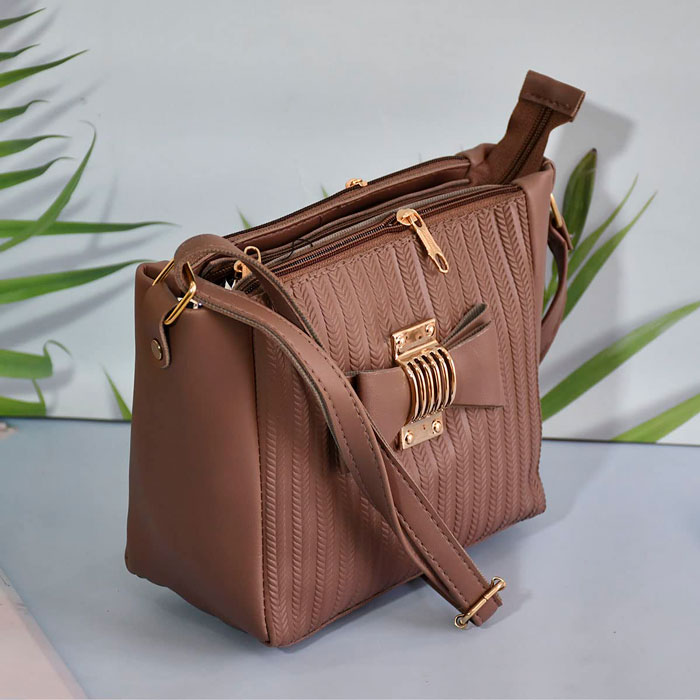
Design and Functionality
Designs today combine aesthetics with practicality, catering to diverse preferences and lifestyles.
- Versatility: Contemporary leather purses often feature adjustable straps, multiple compartments, and convertible designs, enabling you to adapt them for various occasions.
- Technology Integration: Smart leather accessories, like those equipped with phone chargers or anti-theft features, meet the demands of tech-savvy consumers.
- Styles: From minimalist clutches to spacious totes, leather purses offer a variety of styles, ensuring you find one suited to your needs.
Sustainable and Ethical Practices
As environmental concerns grow, sustainable and ethical practices in leather production gain prominence.
- Materials: The use of lab-grown leather and recycled materials presents eco-friendly alternatives, minimizing the environmental footprint.
- Ethical Sourcing: Brands prioritize transparent supply chains, sourcing leather responsibly to ensure fair labor practices.
- Certifications: Look for certifications like the Leather Working Group (LWG) rating, confirming that a brand adheres to sustainable practices.
These modern trends reflect a shift towards more conscious consumption, blending timeless appeal with today’s technological and ethical demands.
The Future of Leather Purses
Technological and sustainable innovations shape the future of leather purses. These advancements drive emerging trends and developments in the industry.
Technology Integration
Modern leather purses incorporate technology to enhance functionality. Smart accessories, such as wireless charging pads or RFID blocking, are becoming common features. Designers focus on practicality and tech integration, offering smart buckles or location tracking. These innovations make leather purses adaptable to contemporary needs.
Evolving Consumer Preferences
Consumers increasingly prioritize sustainability and ethical production. Leather purses crafted from lab-grown leather or vegan alternatives appeal to environmentally conscious buyers. Brands aim to provide transparency about sourcing and manufacturing practices. These shifts reflect a desire for eco-friendly products, supporting a future where style meets sustainability.
Through these innovations and shifts, leather purses maintain relevance in the evolving fashion world.
Conclusion
The journey of leather purses from ancient utilitarian items to modern fashion staples highlights their enduring significance and adaptability. As you discover the area of leather purses today, you’ll find a rich world woven from centuries of craftsmanship, cultural influences, and technological advancements. Whether you’re drawn to the timeless elegance of classic designs or the innovative features of contemporary styles, leather purses continue to offer a perfect blend of function and fashion. As the industry evolves with a focus on sustainability and ethical practices, your choice in leather purses not only reflects personal style but also a commitment to responsible consumerism.
Frequently Asked Questions
What are the historical origins of leather purses?
Leather purses have been traced back over 5,000 years, starting with their use by men in ancient societies. One of the earliest examples is the purse found with Ötzi the Iceman. In civilizations such as the Egyptians, Greeks, and Romans, leather purses were used to carry daily essentials and valuables, often reflecting social status and wealth through their design and craftsmanship.
How did leather purses evolve in the Middle Ages?
During the Middle Ages, leather purses were widely used by both men and women. They served practical purposes for carrying essentials and were often tied around the waist. As time progressed, these accessories became symbols of status, with ornate designs and materials indicating wealth. They also played a part in traditions, such as gifting a purse in weddings.
What were the major innovations in leather purse design in the 18th and 19th centuries?
The 18th and 19th centuries brought significant innovations to leather purse design, including improved tanning techniques that enhanced leather quality. Fashion trends introduced frame bags with metal fastenings and intricate embroidery, making these accessories staples in women’s fashion. This era set the stage for leather purses becoming both fashionable and functional.
How do modern leather purses reflect current trends?
Modern leather purses reflect a blend of fashion and function, with features like adjustable straps, multiple compartments, and technology integration such as RFID blocking and wireless charging pads. There’s a growing emphasis on sustainability, with brands focusing on ethical production, lab-grown leather, and vegan alternatives to meet evolving consumer demands.
Why are sustainable practices important in leather purse production?
Sustainable practices are critical because they address environmental and ethical concerns associated with leather production. As consumers become more eco-conscious, there is increasing demand for transparency in supply chains and ethical sourcing of materials. Sustainable practices ensure that leather purses align with modern values while maintaining their timeless appeal.

